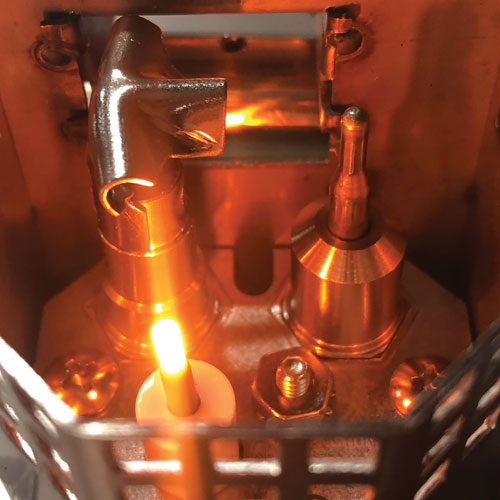Knowing Your Source Of Fuel
Knowing Your Source Of Fuel Natural Gas and Propane Fueled Fire Features HPC Fire Inspired is a true leader in the fire feature industry. HPC is truly dedicated to the innovation of technology that produces diverse, safe, and quality product lines which enhance consumers’ experiences. This is evident by the many accolades that HPC has received within the industry for being the first to offer CSA Certified Outdoor Fireplace burner inserts, CSA certified fire on water, as well as CSA Certified Ready to Finish small tank kits. HPC also lead the industry by offering electronic ignition (EI), developing thermocouple sensing with an EI control module, as well as creating the SmartArc Tiki Torch, and offering a patented Penta Burner using less gas while [...]











